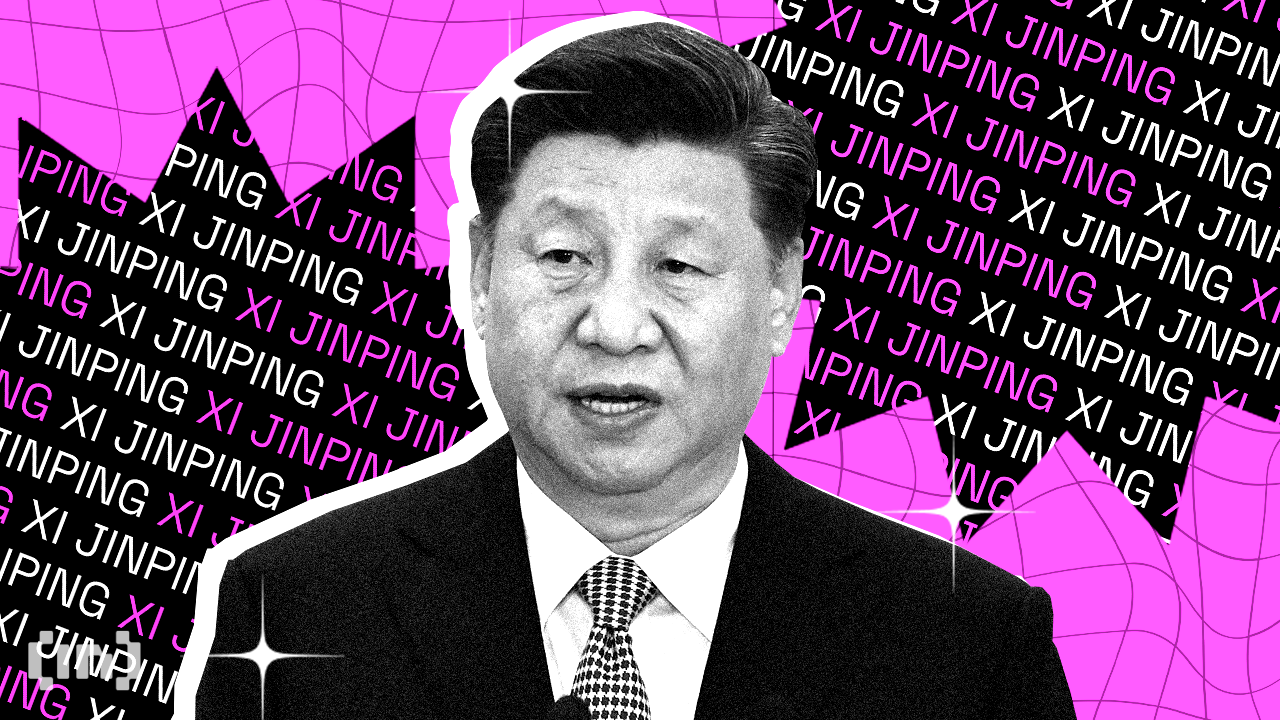
S&P Downgrades Tether’s USDT Rating: What This Means for Chinese Crypto Traders
Recent news from S&P Global Ratings has sent shockwaves through the cryptocurrency world, particularly among Chinese crypto traders. Tether’s USDT stablecoin has been downgraded to a “weak” stability rating due to high levels of risk exposure, sparking heated discussions and concern across the community. Here’s what you need to know.
Why Was USDT Downgraded?
According to S&P’s latest report, the downgrade stems from Tether’s reserve composition. The company reportedly holds 5.6% of its circulating USDT in Bitcoin, surpassing its earlier stated buffer of 3.9%. Coupled with a lack of sufficient transparency and disclosure, this has raised concerns about Tether’s ability to maintain a consistent 1-to-1 peg with the US dollar.
Currently, Tether’s reserves include $9.9 billion in Bitcoin and $12.9 billion in gold, among other assets. Together, these volatile components comprise 13% of Tether’s total reserve backing, valued at $181.2 billion. Despite generating over $10 billion in profits in 2025 alone, the questions about reserve transparency leave many skeptical about long-term stability.
Impact on China’s Underground Crypto Market
Chinese traders feel particularly vulnerable due to their reliance on USDT for accessing global digital asset markets. Despite China’s complete ban on cryptocurrency transactions in 2021, over 20 million Chinese citizens continue to trade Bitcoin and other digital assets. USDT serves as the go-to intermediary, enabling traders to convert yuan into dollar-linked tokens through unofficial exchanges, over-the-counter platforms, and private deals.
Many in the Chinese crypto ecosystem are concerned that this downgrade could disrupt their shadow market. With no official regulatory framework to fall back on, a collapse in confidence for USDT could lead to major losses and market instability.
Rising Concerns and Emerging Alternatives
The downgrade has triggered debates within Chinese crypto circles. Some traders dismiss the news, citing similar stability warnings about Tether in the past that failed to materialize. However, others warn of potential catastrophic fallout, given USDT’s central role in enabling cryptocurrency trades while bypassing China’s strict regulations. The uncertainty has fueled speculation about competitors like USDC, which is backed by stronger transparency and regulatory oversight.
Interested in exploring alternatives to USDT? The USD Coin (USDC), a stablecoin by Circle, boasts higher transparency and regulatory compliance, making it a safer option for traders worried about Tether’s reliability.
China’s Unique Crypto Ecosystem
China’s underground crypto market has developed its own infrastructure. Social media platforms like Weibo and WeChat act as information hubs where traders share updates, strategies, and tips. Influencers and “signal teachers” provide guidance on navigating regulatory barriers, emphasizing USDT’s indispensable role in this ecosystem. However, these networks are at risk if confidence in the stablecoin collapses.
Despite the country’s crypto bans, China remains a significant player in global crypto markets. Any instability with USDT could create ripple effects, both domestically and internationally, as traders scramble for safer alternatives.
Should Traders Be Worried?
While Tether assures traders of its reserve strength, the downgrade raises valid concerns. With 5.6% of its reserves in volatile Bitcoin assets and ongoing transparency issues, the stability of USDT remains under scrutiny. For Chinese crypto enthusiasts heavily dependent on USDT, diversifying into other stablecoins like USDC may help mitigate risks in the ever-evolving cryptocurrency market.
Stay Updated with the Latest Crypto News
For more insights, analysis, and updates on the cryptocurrency market, keep following our lifestyle blog. Whether you’re a seasoned investor or new to the world of crypto, staying informed is key to making smarter decisions.



